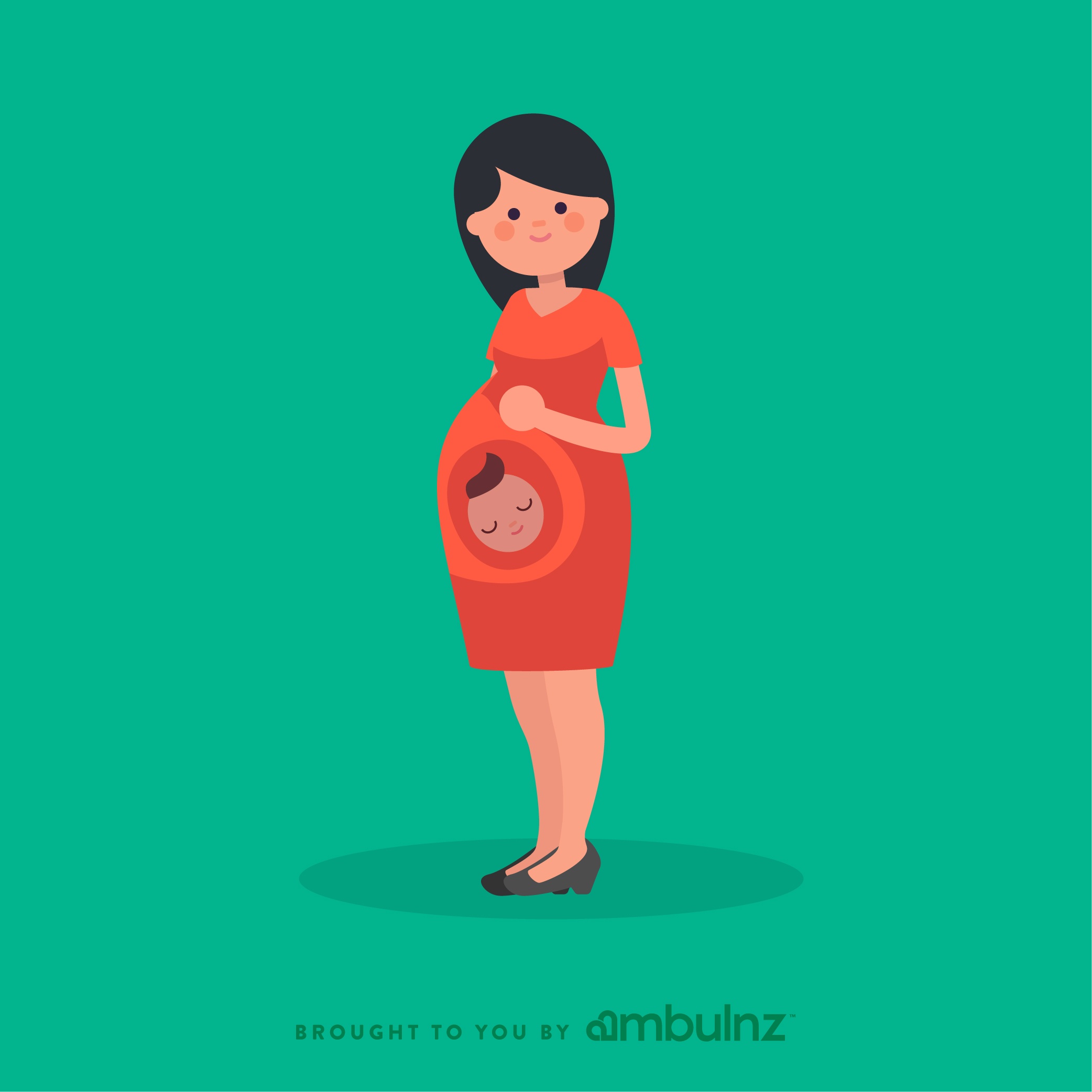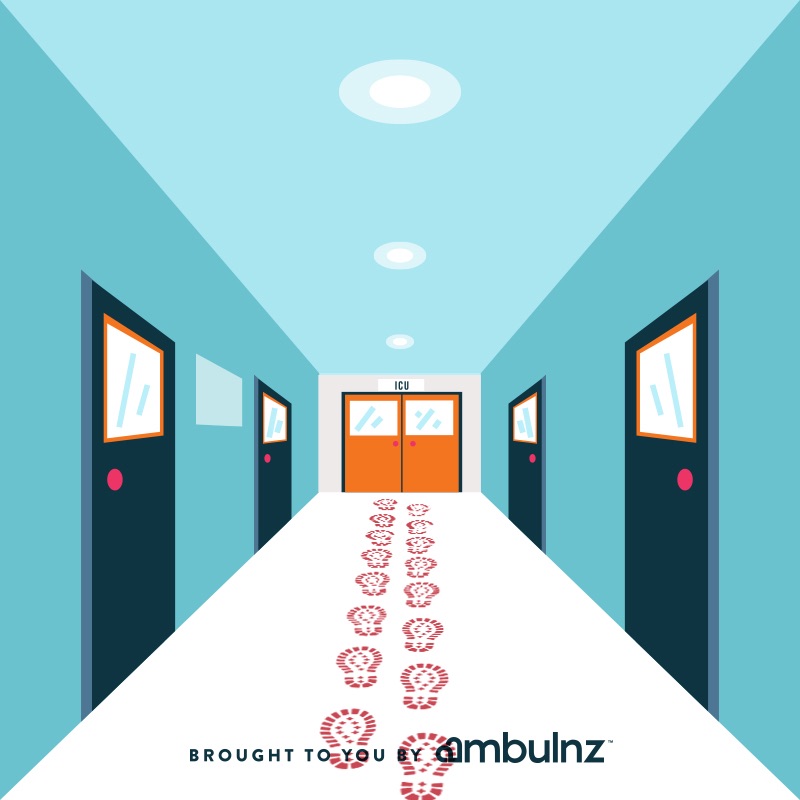By: Stan Vashovsky, Ambulnz CEO
The word “disruption” tends to have a negative connotation. But it doesn’t have to. You probably didn’t shed tears over your CDs when you got your first iPod. Thought fondly about your encyclopedias after you first used Google. Or reflected on all those great yellow taxi rides while ordering your first Uber. All of these are examples of big disruptions that fundamentally changed their industries. But what really made these products and ideas important was giving customers power and information they never had before.
In many ways, the healthcare industry is ready for a disruption. The constant upheaval of government mandates and headache-inducing partisan politics make it easy to forget there are entrepreneurs who aren’t settling for the status quo. Disrupting the industry with new ideas. ZocDoc, Oscar Health, and One Medical are just a few of the companies out there changing what it means to provide care—for the better.
"We can finally usher in change and catch our industry up to the rest of the field of medicine, which has embraced technology to do wonderful, almost miraculous things."
ZocDoc has finally changed the tedious and frustrating process of finding a doctor and booking an appointment. Using their site or app, you can search for a doctor in your insurance network and book an appointment, all without picking up the phone. This frees up nurses and administrative staff to focus on their jobs and makes it easier for patients to get care. Their service also features patient reviews, which helps people make more informed decisions on which doctors best fit their needs.
A big problem customers have when they’re deciding between health insurance plans are the pages and pages of legalese-style explanation of what’s included and what’s not. Oscar Health is taking the exact opposite approach. Self described as “the easier way to get medical care”, Oscar lays out the benefits of each of their plans using simple, easily understood language. Crazy idea: to actually know what you’re paying for. They reimagined their customer service by providing a dedicated team to each of their customers, so you talk to the same person every time you call. Customers are also able to call a doctor 24/7 to discuss any symptoms or issues they’re having.
Visiting your Primary Care physician for typical ailments usually involves long waits in a sterile, uninviting waiting room. One Medical, started in 2007, is proving that whole experience can be a thing of the past. This non-traditional healthcare center is membership-based and focuses heavily on technology which has allowed them to do some pretty amazing things. 95% of their appointments, which can be booked same or next day on their app, start on time or even early. But they didn’t stop there. They designed each of their waiting & exam rooms to be inviting, comfortable, and modern, like a boutique. Imagine—a waiting room you’d actually want to wait in.
All of these innovations and changes are why I consider it to be a truly exciting time to be working in healthcare, but specifically the EMS industry. We can finally usher in change and catch our industry up to the rest of the field of medicine, which has embraced technology to do wonderful, almost miraculous things.
Using the same operations systems because “this is how it's always been done” is no longer going to cut it. Let’s use technology, and all the efficiencies that come with it, to let us grow and scale with demand. By utilizing cutting-edge logistics and mapping systems we are able to provide patients and caregivers accurate, reliable, and transparent ETAs. This in turn, allows operations to service a larger area, with fewer rigs, than traditionally. We shouldn’t limit ourselves by following the same procedures developed when we were using paper maps and compasses.
This wave of change isn’t just about growing a larger ambulance company. We can finally provide better opportunities for those who are actually administering care: the EMTs. By enabling them to earn a livable wage, not just minimum wage, we can make this into a viable career path they can take pride in. Being able to support themselves and their families also means they can focus on providing quality care for their patients—not burdened by money problems.
I could go on about how disrupting our industry can lead to better efficiencies and increased pay and more scalability, but ultimately it’s not what’s important. And it’s not what I actually set out to accomplish. It’s all about the patient. Because when we apply all of these changes together, we can provide a less stressful transport, with higher level of care. We should be getting patients to where they need to go, on time, so they can get the care they need, right when they need it. All while giving caregivers and the patient’s families peace of mind by providing a service they can depend on.
Ultimately, what we are working every day to achieve with Ambulnz is to get to a point where it’s no longer considered “radical” to transport a patient from point A to point B, safely, comfortably, and on time.






